The Role of Modern Technology in the Manufacturing of Metal Doors and Windows
Metal doors and windows are essential components in the construction industry, as they contribute to the security of buildings and provide thermal and sound insulation. With the rapid technological advancements in various industries, the manufacturing of metal doors and windows has undergone significant transformations, leading to improvements in quality, cost reduction, and increased production efficiency. In this article, we will explore the role of modern technology in the manufacturing of metal doors and windows, as well as the benefits this technology brings to the construction industry.
1. Technology in the Design of Metal Doors and Windows
Technological advancements have greatly improved the design methods for metal doors and windows, making them more diverse and customizable to meet customer needs. Using 3D CAD design software, designers can create accurate and detailed designs for doors and windows, allowing precise dimensioning and specifications. These programs enable designers to present innovative solutions while maintaining high production quality. Moreover, design modifications can be made quickly if changes are needed, enhancing project execution speed.
2. Laser Cutting Technology
One of the most significant innovations that have changed the manufacturing of metal doors and windows is laser cutting technology. This technique is known for its high precision, as it can cut metals into complex and accurate shapes without distortion or damage. It helps in achieving intricate and well-crafted designs while minimizing material waste. Additionally, laser cutting speeds up the production process, increasing work efficiency and reducing production time for doors and windows.
3. Use of Robotics in Manufacturing Processes
Many modern companies use robotics in the manufacturing of metal doors and windows. Robots are capable of performing welding, assembly, and lifting heavy components with greater precision and speed than human labor. These robots also enhance safety in the workplace by reducing the risk of accidents and human errors. Thanks to robotics, high productivity and improved quality can be achieved simultaneously.
4. Automated Control in Operations
Another technological development that has made a significant impact on the manufacturing of metal doors and windows is the use of automated control systems. These systems enable the regulation of various processes within the factory, such as speed, pressure, and temperature, resulting in improved production accuracy. Additionally, automated control systems assist in continuous quality monitoring, ensuring that no defects are present in the final product.
5. Use of Advanced Materials
The metal doors and windows industry has seen significant advancements in the types of materials used. Thanks to modern technology, it is now possible to produce lightweight yet high-strength materials, such as zinc-coated aluminum and stainless steel. These materials offer superior performance against corrosion and harsh weather conditions, as well as contributing to better thermal and sound insulation. Advanced materials also help reduce energy consumption in buildings due to their excellent insulation properties.
6. Improvements in Finishing Processes
Finishing processes such as painting and coating have also been impacted by modern technology. Techniques such as electrostatic coating and powder coating help enhance the resistance of metal doors and windows to environmental factors, extending their lifespan. These techniques also provide more accurate and consistent coating results while allowing better control over coating thickness and quality.
7. Innovation in Smart Systems for Doors and Windows
With the advancement of the Internet of Things (IoT) technology, metal doors and windows have become part of smart home systems. These doors and windows can be integrated with sensors, cameras, and remote control devices, enhancing security and making them more adaptable to user needs. For example, doors can be remotely controlled or opened using facial recognition or fingerprint technology.
8. Sustainability and Environmental Impact Reduction
Sustainability has become a key factor in the development of metal doors and windows, with companies striving to utilize technologies that reduce environmental impact. Thanks to modern technology, it is now possible to manufacture highly recyclable metal products, reducing waste and improving material efficiency. Additionally, modern doors and windows offer improved thermal and sound insulation, contributing to reduced energy consumption in buildings.
9. Future Trends in the Manufacturing of Metal Doors and Windows
As technological advancements continue, it is expected that the manufacturing of metal doors and windows will see further innovations in the future. Metal doors and windows are likely to become smarter and more data-connected, offering better integration with smart home devices. Moreover, the efficiency of the materials used in manufacturing is expected to increase, making them more environmentally friendly and longer-lasting.
Modern technology has radically transformed the way metal doors and windows are manufactured. By utilizing technologies such as 3D design, laser cutting, robotics, and automated control, these products have become more accurate and efficient. Furthermore, innovations in advanced materials and smart systems have enhanced performance and increased sustainability. The role of technology in this field goes beyond improving quality—it also reduces costs and enhances safety, ensuring a bright future for the manufacturing of metal doors and windows.



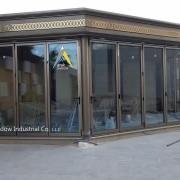

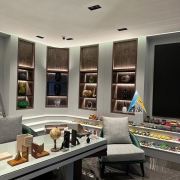
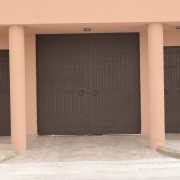
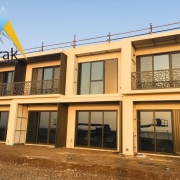
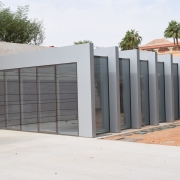



Leave a Reply
Want to join the discussion?Feel free to contribute!